

Have you noticed? It turns out that acoustic detection is actually all around us!
Release time:
2024-12-06 18:06
Source:
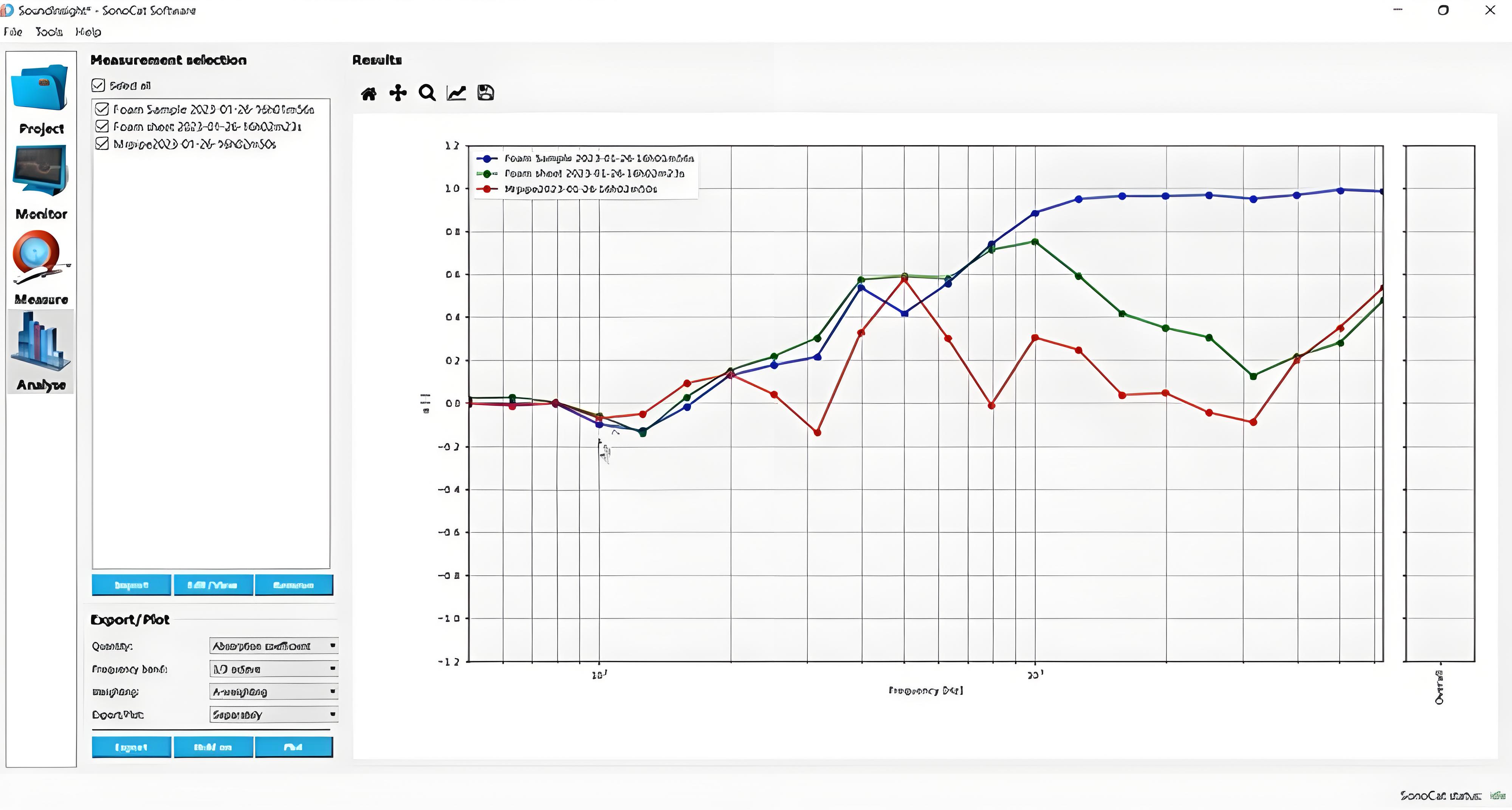
Figure 1 SONOCAT software system analysis comparing the sound absorption characteristics of three different materials
Acoustic testing is a series of technical activities used to evaluate and measure sound and vibration characteristics. It includes measurements of sound intensity, frequency, propagation, isolation, and absorption. In people's cognition, acoustic testing is mainly applied to:
1. Noise control and environmental monitoring - legal compliance + personnel safety and health
In industrial environments, such as factories, workshops, and production lines, as well as during the operation of heavy machinery and industrial equipment, noise is generated. To ensure the hearing safety of workers and reduce noise pollution to surrounding communities, it is necessary to conduct noise source localization, noise propagation path analysis, and measurement of noise exposure levels. According to the recommendations of the National Institute for Occupational Safety and Health (NIOSH) in the United States, industrial noise measurements typically use sound level meters, especially those with OSHA (Occupational Safety and Health Administration) calibration certificates, to ensure the accuracy of measurement results. In China, industrial noise measurement is mainly based on standards such as GB 12348-2008 "Industrial Enterprise Boundary Environmental Noise Emission Standards". Commonly used equipment includes sound level meters (which must comply with GB/T 3785.1-2010 standards), spectrum analyzers, integrating sound level meters, personal noise exposure meters, sound calibrators, vibration sensors, and noise monitoring vehicles. These devices help measure sound pressure levels, spectral characteristics, individual noise exposure amounts, and ensure measurement accuracy.
In the construction and building sector, construction equipment, pile drivers, concrete mixers, etc., also generate noise. To ensure that construction activities do not cause excessive noise disturbance to nearby residents and the environment, and to avoid legal disputes arising from noise interference, we need to conduct noise assessments before and after construction and monitor noise during construction. According to the standards of the International Organization for Standardization (ISO), construction noise measurements can use integrating sound level meters to assess noise exposure levels, while spectrum analyzers can be used to identify the frequency characteristics of noise sources.

Figure 2 COCO80/90X on-site measurement of construction site noise
Traffic noise in urban environments is also one of the main sources of noise, especially near roads, railways, and airports. To effectively control traffic noise, we need to monitor the noise generated by vehicles, trains, and airplanes while also monitoring traffic flow, analyzing the effectiveness of noise barriers, and assessing the impact of different traffic planning on the surrounding environment. According to the guidance of the European Environment Agency (EEA), traffic noise monitoring typically uses automatic traffic noise monitoring systems, which can provide continuous noise level data, including day-night equivalent sound level (Ldn). According to information from the China National Environmental Monitoring Center, automatic environmental noise monitoring systems usually include all-weather outdoor microphones, intelligent noise automatic monitoring instruments, data transmission equipment, etc., which can achieve remote monitoring and automatic data transmission. According to the guidance of the International Civil Aviation Organization (ICAO), airport noise monitoring should use airport noise monitoring systems, which can measure the perceived noise level (PNdB) and effective perceived noise level (EPNdB) of aircraft noise.
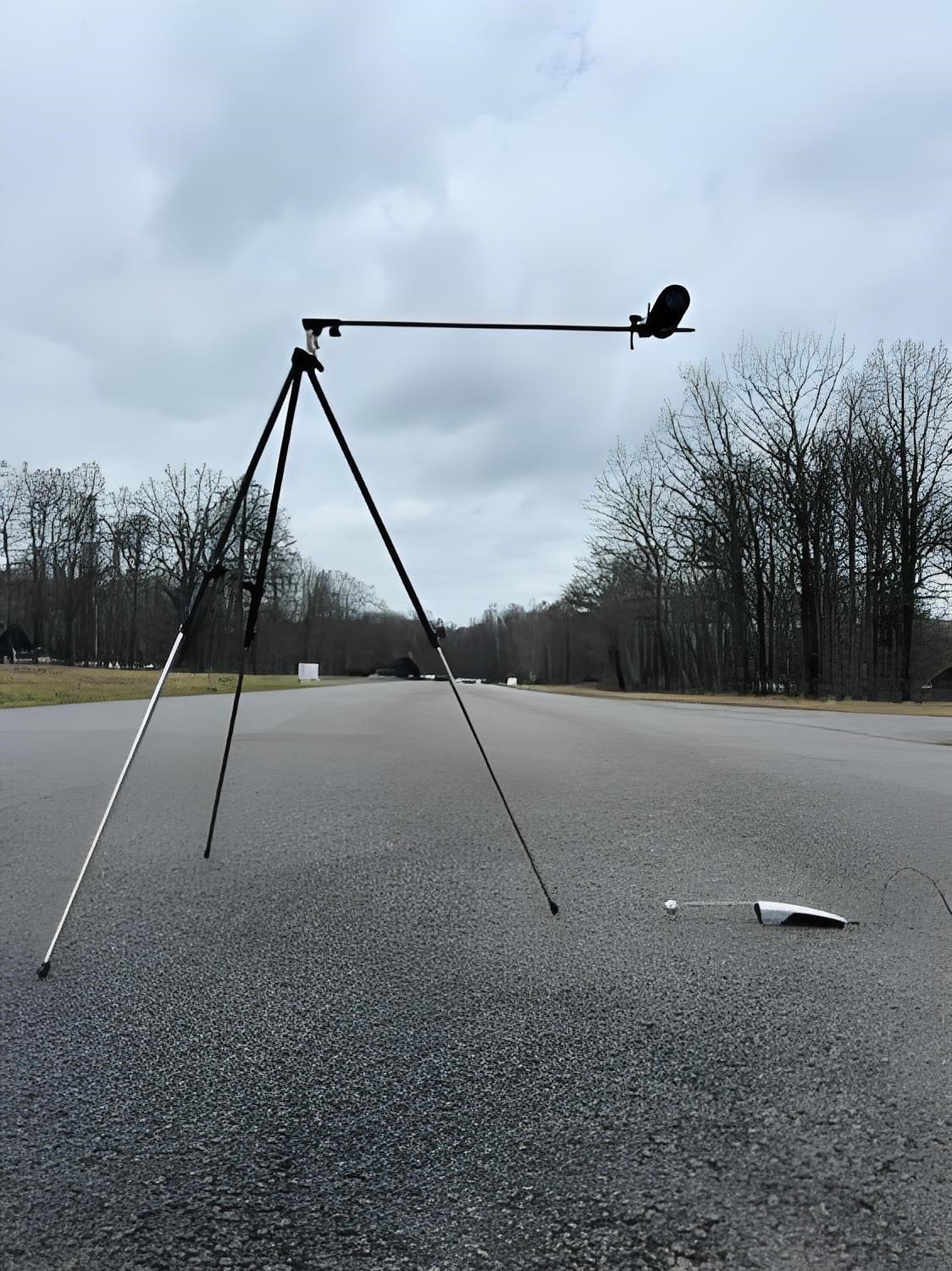
Figure 3 SONOCAT device on-site measurement of traffic noise
Residential areas and communities where the public frequently activities should be kept away from noise pollution. To ensure everyone's health and well-being, it is necessary to conduct long-term monitoring of environmental noise and regularly assess the impact of specific noise sources (such as bars, nightclubs, or concert venues) and the effectiveness of noise control measures (such as soundproof windows or walls). According to the guidelines of the World Health Organization (WHO), noise assessment in residential areas should use sound level meters and noise statistical analyzers to evaluate the impact of noise on residents' health.
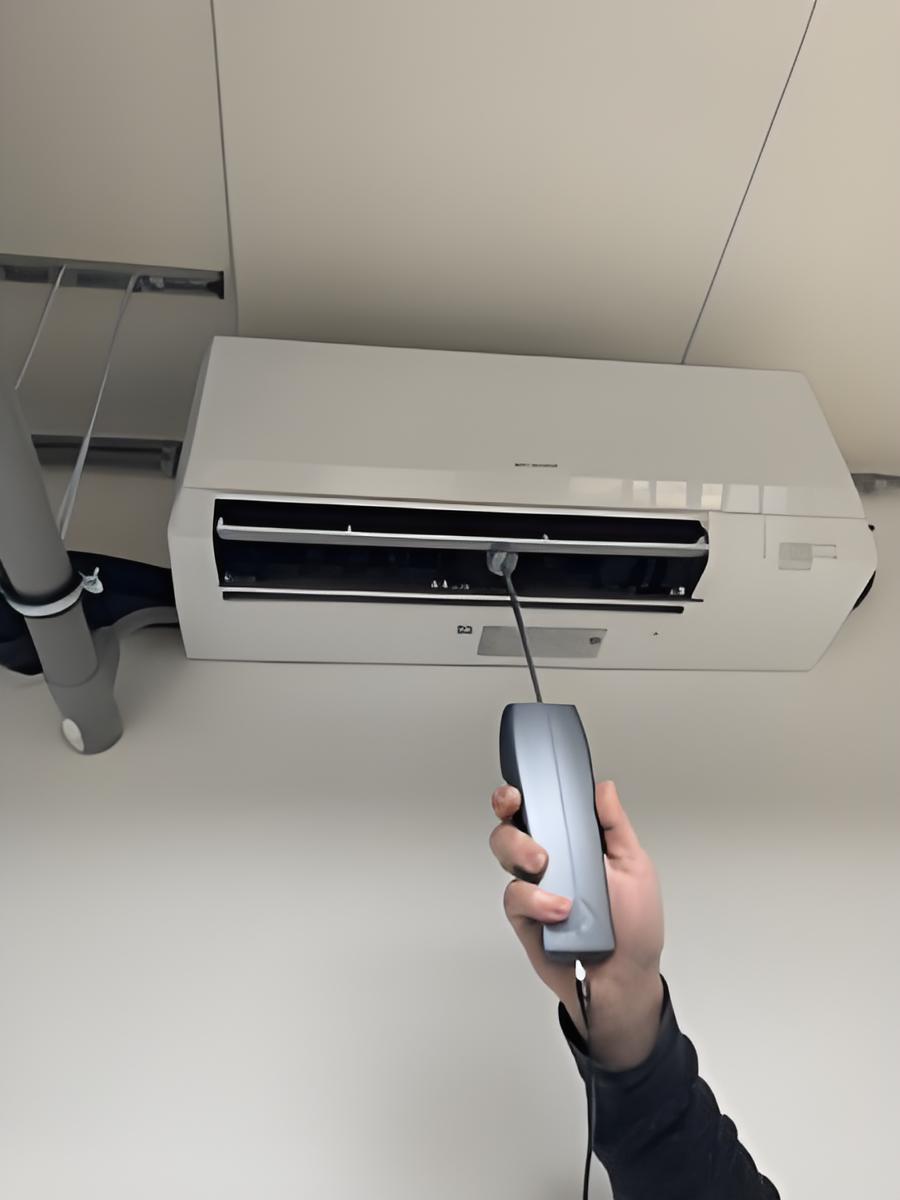
Figure 4 SONOCAT measuring air conditioning leakage noise
With the development of smart homes and the Internet of Things, acoustic measurements are gradually being applied to optimize home environments, control smart devices, and achieve interconnectivity. Integrating noise monitoring sensors into smart home systems allows for real-time detection of noise levels in the home and adjustment of the volume of devices such as speakers and televisions as needed.
2. Product design and manufacturing
In the product development and production process, it is very important to ensure that the acoustic performance of products meets design requirements and to test the performance of products in terms of noise and vibration, such as designing, maintaining, and diagnosing faults in household appliances, automobiles, etc., designing and verifying spacecraft, and conducting various acoustic measurements such as frequency response, distortion, and sound pressure level for audio equipment of different uses.
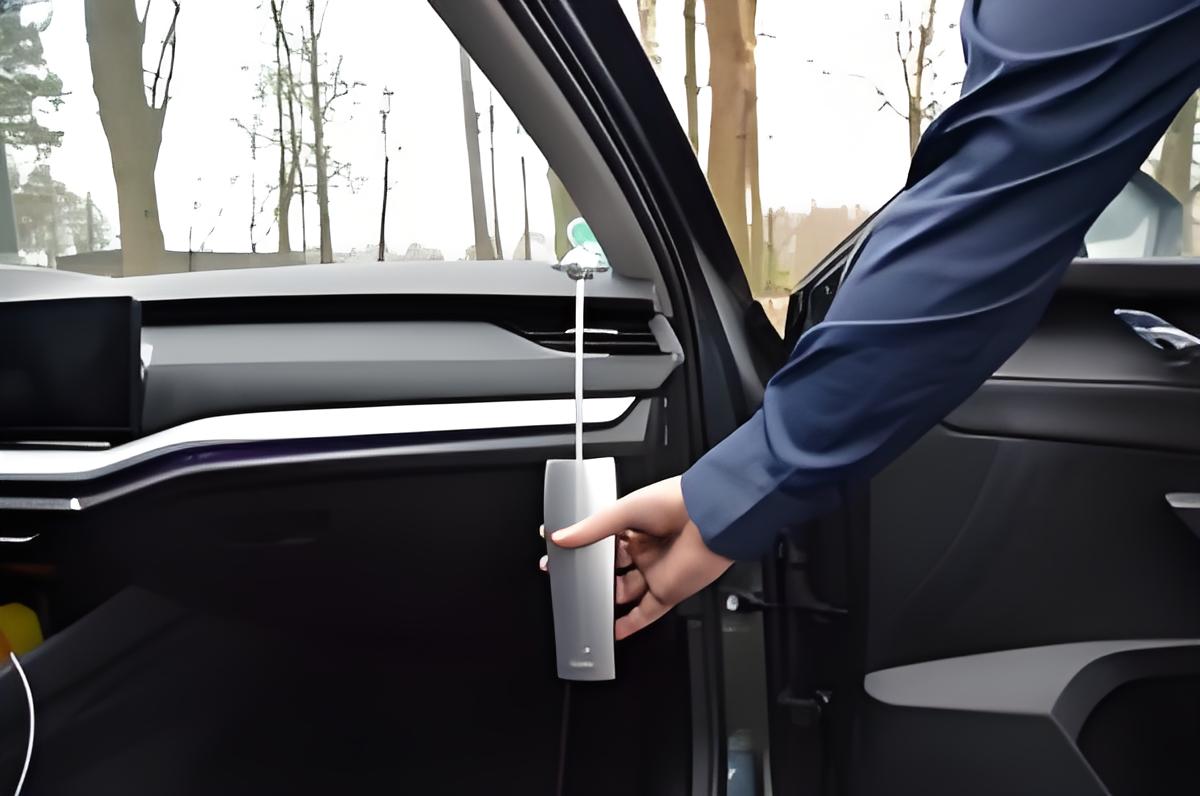
Figure 5 SONOCAT device locating noise sources in vehicles
3. Architectural design and spatial optimization
Designing and evaluating the acoustic environment of buildings to improve sound quality and reduce noise interference, such as testing the reverberation time and sound uniformity of theaters, conference rooms, and recording studios to optimize the auditory experience of the audience; testing the sound insulation performance of doors, windows, and walls to enhance privacy and comfort.
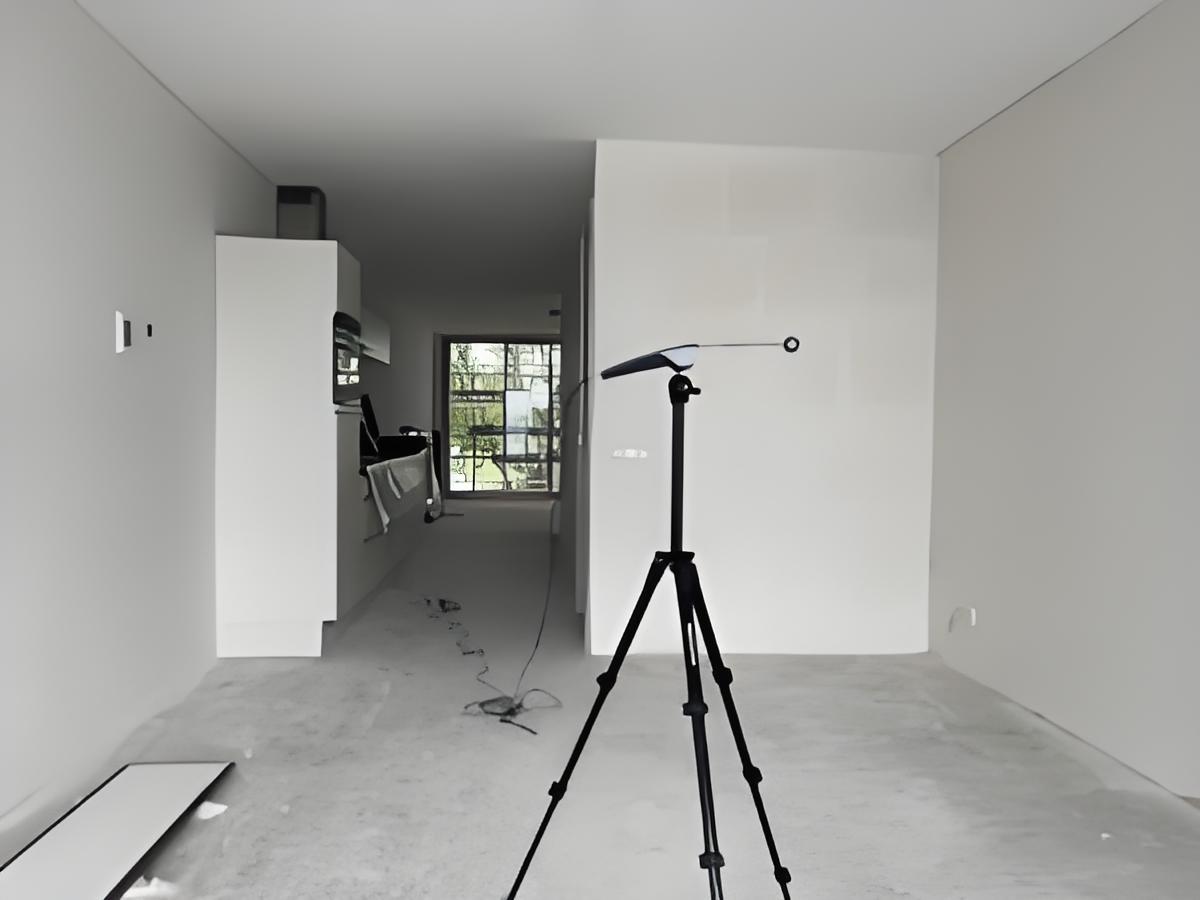
Figure 6 SONOCAT device monitoring indoor environmental noise
4. Material research and development
Acoustic measurements can be used to evaluate the acoustic performance of materials, including sound absorption, sound insulation, and sound propagation characteristics.
- Testing the sound absorption coefficients of new materials (such as porous fiber materials) across different frequency ranges for the development of soundproof walls, carpets, and other products.
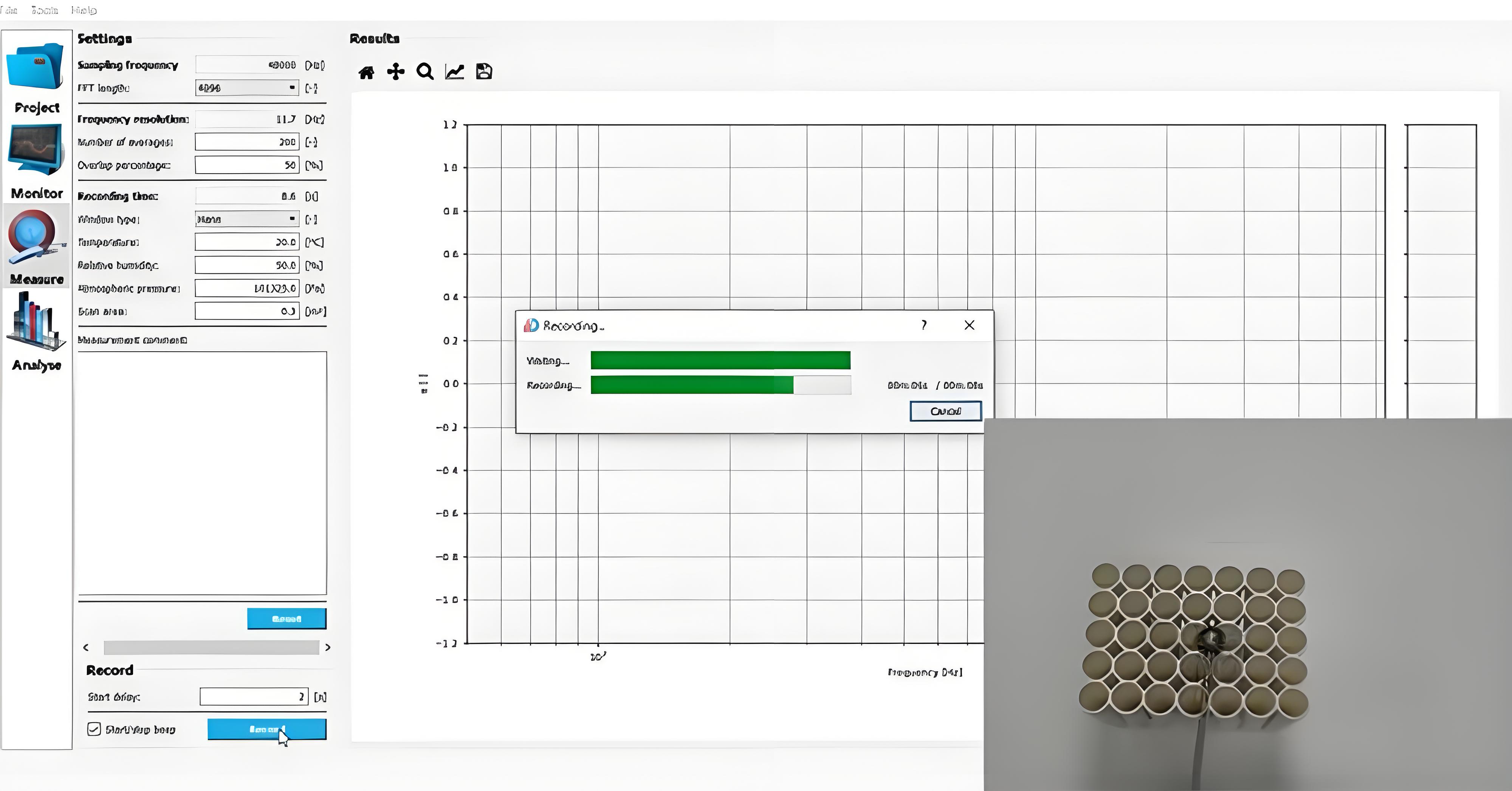
Figure 7 SONOCAT device on-site measurement of sound absorption of porous materials
- Measuring the sound insulation performance of architectural glass and walls for industries such as construction and automotive.
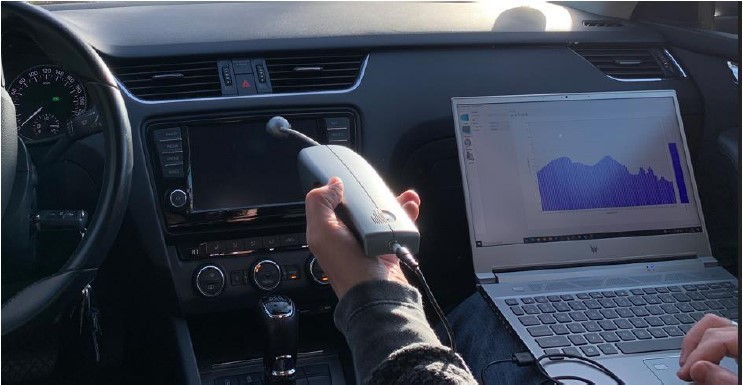
Figure 8 SONOCAT device on-site measurement of the acoustic environment inside vehicles
3) Testing the attenuation and reflection characteristics of materials for the design of acoustic instruments and sound barriers, etc.
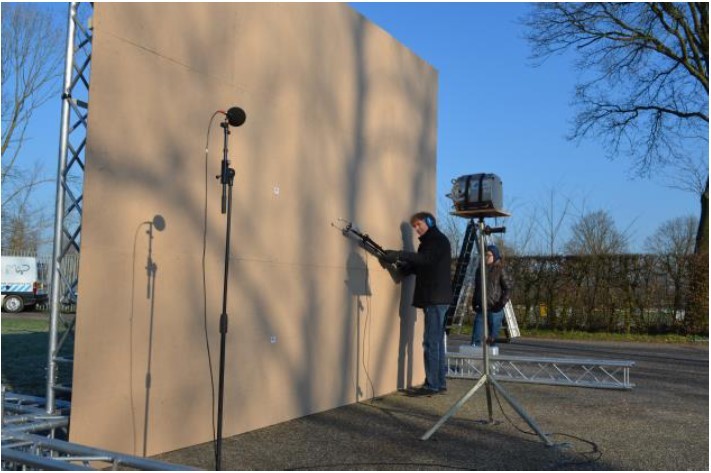
Figure 9 SONOCAT on-site measurement
5. Cultural heritage protection
Acoustic technology can also be used for the protection of cultural heritage, especially in the preservation of buildings and artifacts. By detecting the acoustic characteristics of buildings through acoustic measurements, scientific basis can be provided for the restoration and maintenance of cultural relics. For example, by measuring the echoes and reverberation of ancient churches, it can be determined whether their structures are intact.

Figure 10 Application of acoustic technology for the restoration and maintenance of a historical building
The above only illustrates some applications of acoustic measurement. In fact, acoustic measurement has wide applications in various fields such as medicine, virtual reality, and wireless communication. The role and potential of acoustic measurement are continuously being developed and utilized. In the future, acoustic measurement will play more roles as an important driving force for technological innovation and social development.
SONOCAT,Acoustic Measurement Technology,On-site sound absorption measurement,Noise Control and Environmental Monitoring,Environmental noise,COCO80/90X,Traffic noise,Sound environment optimization,Acoustic Performance Testing of Materials

